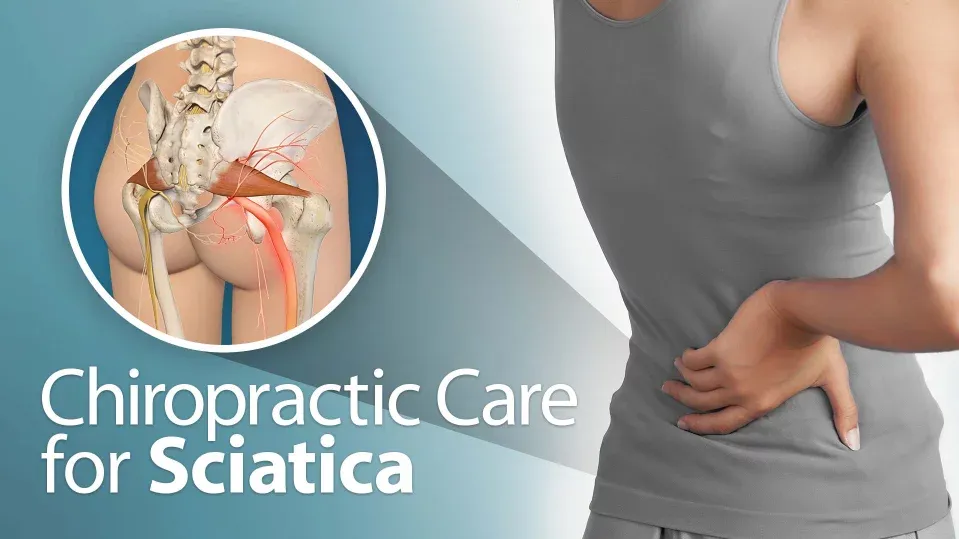Research
The largest nerve in the human body is the Sciatic nerve which travels from the lower back or lumbar spine, down into the buttocks and/or into one or both legs to the toes. If this sciatic nerve is pinched, compressed, irritated or inflamed, the common result is lower back pain that radiated into one or both buttocks and legs. The pain can be sharp, dull, tingling, or numbness. Weakness into one or both legs may also occur. Symptoms range from moderate to severe pain. Sciatic pain can begin quickly from injury, or get worse over time and become chronic.
Most people who suffer from sciatic nerve pain are in their 30s through 60s. Pregnant women often experience back pain and sciatica due to the pressure on the sciatic nerve from the developing baby. Other causes are degenerative arthritis of the lumbar spine or pelvis, sports injury, lifting injury, sprain, strain ,poor posture, and herniated or slipped disc.
One of most common cause of sciatica is a herniated disc. Discs act as cushions or shock absorbers between the spinal vertebrae. If degeneration occurs, the Inner gel of the disc may leak out and apply pressure on the nerve roots of the Sciatic nerve. Also, normal wear and tear of the lumbar spine can lead to narrowing of the nerve openings and/or spinal canal, known as stenosis.
Another common cause of sciatica is Piriformis syndrome. The Piriformis muscle is located in each buttock and attaches to the sacrum and upper thigh. The sciatic nerve runs over, under, or through the Piriformis muscle. If the pelvis or sacroiliac joints are out of alignment or malfunctioning, the piriformis muscle may become irritated, tight, stiff, or spasm causing the sciatic nerve to become inflamed and/or pinched. This results in hip pain, buttock pain and/or pain down one or both legs. The pain may be sharp, dull, tingling or numbness. Other causes of sciatica include lifting injury, trauma, poor posture, inflammation, or bone/spinal degeneration.
Our Clinic
Our Staff physicians will perform a thorough history, neurological, and orthopedic examination to determine the cause of your sciatic nerve pain. The doctors may also order additional tests in our office including non-invasive nerve testing and modern digital spinal X-rays to help confirm a diagnosis. The spinal digital X-Rays show spinal structure and the nerve test shows nerve function. The nerve testing will locate the specific nerves that are inflamed and/or pinched. Structure-function relationship is the key to an accurate clinical diagnosis.
Treatment for Sciatica
- Spinal manipulation or adjustments
- Cold laser therapy
- Ultrasound treatment
- Electrical muscle stimulation
- Spinal Traction
- Trigger point therapy
- Graston type therapy
- Piriformis stretching
- Massage
- Therapeutic exercise
- Home rehabilitative exercise
- Ergonomic advice
- Nutritional counseling
- Preventative care
Schedule an appointment today for a complimentary consultation to determine if conservative Chiropractic and Physical medicine treatments in our Clinic can help you. (703) 491-8888



